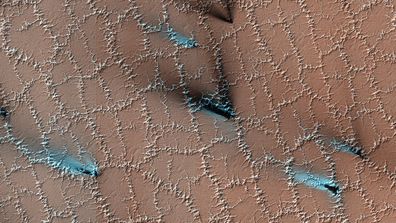The National Science Foundation’s NOIRLab released the survey results this week.

Shown in remarkable detail, most of these Milky Way objects are stars.
The count also includes small, distant galaxies that may have been mistaken as individual stars.
It’s like taking a group shot and being able to distinguish not only each individual, but the colour of their shirt, said lead researcher Andrew Saydjari, a doctoral candidate in physics at Harvard University.
“Despite many hours of staring at images containing tens of thousands of stars, I am not sure my mind has wrapped around the magnitude of these numbers,” Saydjari said in an email.
Read Related Also: Charlotte Hegele Weight Gain Reason: Is She Pregnant 2023?
This latest survey now covers 6.5 per cent of the night sky, according to the researchers.
It includes the results of a survey released in 2017 that catalogued two billion celestial objects, mostly stars.
With hundreds of billions of stars in the Milky Way, the cosmic catalogue is certain to grow.
No further updates are planned for this particular survey, Saydjari said, but upcoming telescopes will tackle even larger areas of the sky.

NASA images showcase eerie beauty of winter on Mars








